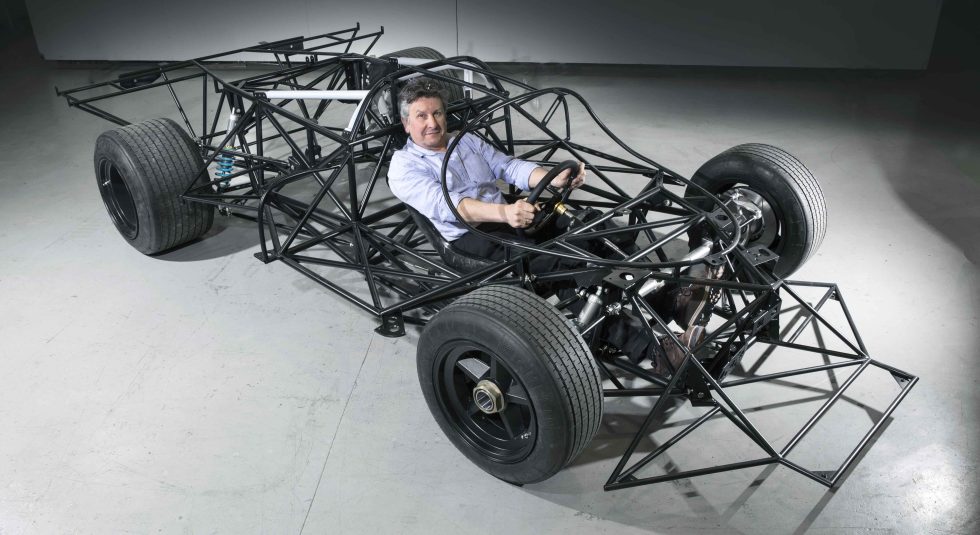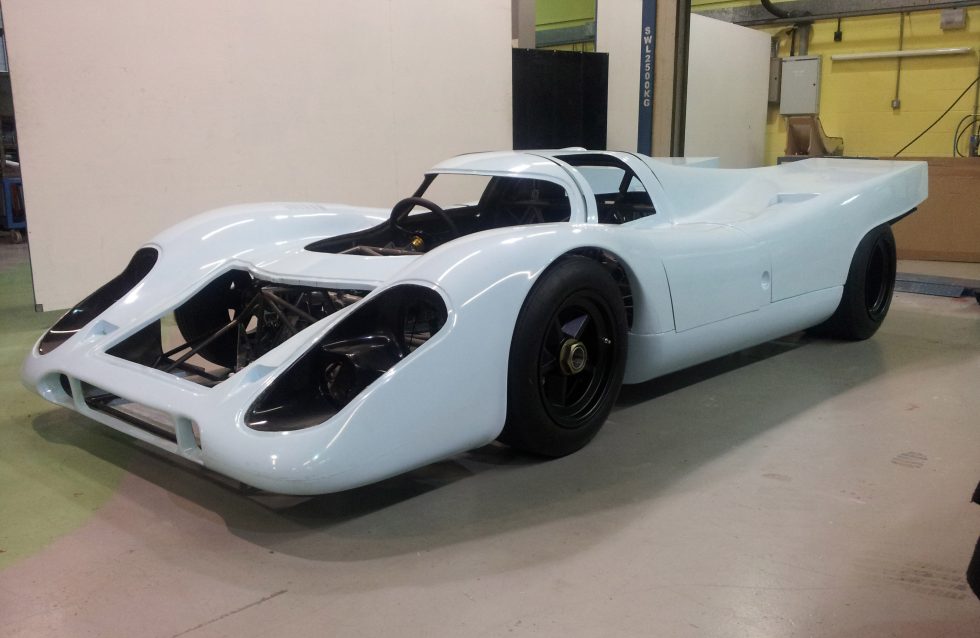If you've at any point had any desire to be Steve McQueen or Jo Siefert, here's your opportunity.
![]()
The UK is known for a lot of things, however it's not all fried fish and French fries and dodgy Russian oligarch cash.
It's additionally shockingly tolerant with regards to enlisting vehicles for public streets.
On account of an interaction called "Individual Vehicle Approval," it's feasible to street register vehicles that would almost certainly be met with exasperated spluttering if you somehow happened to attempt exactly the same thing in Germany, Japan, or most states in the US.
Take, for instance, the Icon 917K, a road legitimate reproduction of one of Porsche's most well known hustling vehicles.
Indeed, the UK will allow you to enroll a street going reproduction of the vehicle that overwhelmed Le Mans (and the remainder of sports vehicle hustling) from 1970 until the oil emergency kicked in.
English columnist (and companion of Ars) Jonny Smith has driven it for the Late Brake Show:
The first Porsche 917 is one of the most well known instances of imaginative rule understanding in hustling.
The coordinators at Le Mans changed the principles for 1969, with the end goal that models reason constructed manifestations only for hustling were restricted to motors of only 3 L of limit.
Bigger, all the more remarkable motors were as yet permitted as long as the producer worked somewhere around 25 vehicles.
Porsche's Ferdinand Piëch, who was running the motorsport division at that point, saw this escape clause and persuaded his supervisors to support such a program.
Produced using a lightweight space outline with fiberglass body boards, the 917 was controlled by a 4.5 L level 12 motor that created 520 hp (388 kW).
The vehicle was not at first a triumph.
The idea of downforce was fundamentally obscure past certain investigations being directed by Chaparral's Jim Hall; all things being equal, specialists and originators were predominantly centered around cutting drag-especially at Le Mans, because of its 3-mile (4.8-km) Mulsanne straight.
A long way from producing downforce, the first 917's body did the inverse, instigating lift as speed rose.
More than one driver is affirmed to have broken the vehicle "unintentionally intentionally" for the sake of self-conservation, a justifiable move given the delicacy of the space outline and the way that the driver's feet were in front of the front pivot.
 In 1970, John Horsman, boss specialist with John Wyer's group, saw an absence of dead flies and gnats over the back bodywork, giving visual proof that the wind current was disconnecting from the vehicle.
In 1970, John Horsman, boss specialist with John Wyer's group, saw an absence of dead flies and gnats over the back bodywork, giving visual proof that the wind current was disconnecting from the vehicle.
The group slice up some aluminum sheeting to foster new bodywork to take care of the issue, along these lines making the 917K-"K" for kurzheck, or "short tail."
Wyer's Gulf Oil-liveried 917Ks are the most well known, on account of race wins and a featuring job in Steve McQueen's Le Mans, however they didn't win the 24-hour race in France.
That honor went to a 917K run by Porsche Salzburg. A 917K won the next year also, notwithstanding Porsche forming the vehicle into the 917/20, affectionally known as "the pink pig."
By 1972, the 917 was obsolete at Le Mans and the remainder of the World Sportscar Championship, however the vehicle wasn't exactly done at this point.
In the US, the Can-Am series offered tremendous award payouts and had not very many specialized rules, which prompted control by a progression of McLarens controlled by progressively monstrous V8s.
Detecting an open door, Porsche slashed the rooftop off of the 917 and turbocharged the level 12 motor to produce 850 hp (630 kW).
McLaren's mastery was done, and the next year, Porsche one-increased itself with the 917/30, which had a bigger 5.4 L motor and somewhere around 1,100 hp (830 kW).
On the off chance that you need a genuine Porsche 917K today, you'll require abundant resources; one neglected to sell at closeout in 2021 notwithstanding a bid of $15 million.
That makes the $329,560 (£250,000) Icon Engineering 917K reproduction look like all in all a deal in examination, especially since it has been made street legitimate in the UK essentially something that only one unique Porsche 917 can guarantee.
 The undertaking began in 2011 when Icon's Dave Eaton purchased a bunch of 917K body boards produced using molds taken from one of the first 917Ks.
The undertaking began in 2011 when Icon's Dave Eaton purchased a bunch of 917K body boards produced using molds taken from one of the first 917Ks.
Along with John Hartland, he re-made the vehicle's space outline undercarriage, though with a lot more grounded steel tubes than the ones in the unstable unique.
A genuine Porsche level 12 motor could slow down you as much as $2 million, so Icon has rather fitted its 917K with a 3.6 L level 6 motor from a '90s-period Porsche 911 (the 964, for Porschephiles), which has the additional advantage of hushing sufficiently up (with appropriate debilitates) to breeze through the IVA assessment and meet Euro 4 emanations guidelines.
In any case, in light of Smith's video, it seems to be 295 hp (220 kW) is all that could possibly be needed for a vehicle that still just weighs 2,072 lbs (940 kg), especially in light of the fact that the driver's feet are still in front of the front pivot.
Symbol will likewise sell a rolling-undercarriage 917K for $184,500 (£140,000), which presently makes them can't help thinking about the number of kWh of batteries you could fit behind the cockpit-and how frightening it would be on the off chance that somebody fitted a Tesla drive unit rather than a gas powered motor.
Given the securities exchange's eagerness to toss cash at any EV-related startup, maybe somebody will set up a SPAC to exploit the Low Volume Motor Vehicle Manufacturers Act, which Congress passed in 2015 and which at long last came full circle in 2021.








0 Comments
Write a comment if you liked the topic